Best Pygmy Corydoras Tank Mates

Pygmy Corydoras (Corydoras pygmaeus) are beloved among aquarists as charming and diminutive freshwater aquarium fish. These small, peaceful catfish are native to the streams and tributaries of South America, where they are known for their social behavior and endearing antics. With their vibrant coloration and active nature, Pygmy Corydoras add vitality and charm to any aquarium setting. However, ensuring their well-being and long-term health requires careful consideration when selecting tank mates.
The compatibility of tank mates plays a crucial role in maintaining a harmonious aquatic environment, where Pygmy Corydoras can thrive and express their natural behaviors without stress or conflict. By choosing appropriate companions, aquarists can create a balanced and visually captivating community tank that showcases the unique beauty and personality of Pygmy Corydoras.
Understanding Pygmy Corydoras
Physical Characteristics
- Pygmy Corydoras (Corydoras pygmaeus) are small-sized catfish, typically reaching about 1 inch (2.5 cm) in length.
- They feature a slender body with a distinctly curved back and an armored appearance due to bony plates known as scutes covering their bodies.
- Their coloration ranges from silver to pale gold, often adorned with dark markings along their sides, resembling intricate patterns.
- Pygmy Corydoras are characterized by their large, striking eyes and two pairs of barbels (whisker-like appendages) around their mouths, which they use to navigate and search for food along the substrate.
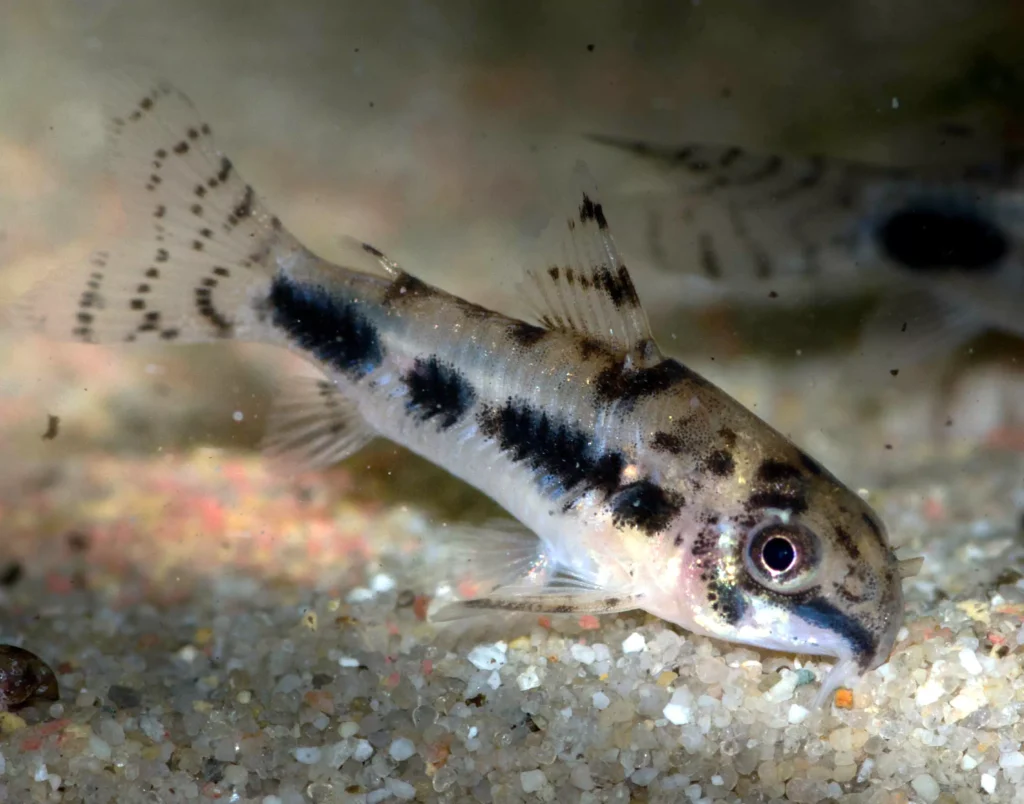
Behavioral Traits
- These catfish are known for their peaceful and sociable demeanor, making them excellent community tank inhabitants.
- Pygmy Corydoras are highly active and can often be seen darting around the aquarium in small groups, especially during feeding times.
- They are bottom-dwellers by nature, spending much of their time scavenging for food along the substrate.
- Despite their small size, Pygmy Corydoras exhibit fascinating social behaviors, often forming tight-knit schools or shoals within the aquarium, providing a delightful spectacle for observers.
Ideal Tank Conditions
- Pygmy Corydoras thrive in well-maintained aquariums with stable water parameters.
- The ideal temperature range for Pygmy Corydoras is between 72°F to 78°F (22°C to 26°C), while maintaining a pH level of 6.5 to 7.5.
- They prefer soft to moderately hard water with a low to moderate flow, mimicking their natural habitat in the slow-moving streams and tributaries of South America.
- Providing ample hiding places and shelter, such as caves, plants, and driftwood, is essential to help Pygmy Corydoras feel secure and reduce stress levels.
- As omnivores, Pygmy Corydoras have a varied diet consisting of high-quality sinking pellets, flakes, frozen or live foods, and occasional vegetable matter. Ensuring a balanced diet is crucial for their overall health and vitality.
Criteria for Selecting Tank Mates
Size Compatibility
Consider the size of potential tank mates in relation to Pygmy Corydoras, ensuring they are not significantly larger or smaller. This helps prevent predation or competition for resources.
Temperament Matching
Choose fish species with compatible temperaments, prioritizing peaceful and non-aggressive companions. Avoid species known for territorial behavior or fin-nipping tendencies to prevent stress or harm to Pygmy Corydoras.
Water Parameter Alignment
Select tank mates that thrive in similar water parameters as Pygmy Corydoras, including temperature, pH, and hardness. Maintaining consistent water conditions is crucial for the health and well-being of all aquarium inhabitants.
Dietary Considerations
Ensure compatibility in dietary preferences to prevent competition for food. Pygmy Corydoras are omnivorous bottom-feeders, so choose tank mates that complement their diet without outcompeting them for resources.
Avoiding Aggressive Species
It’s imperative to avoid aggressive or territorial species that may stress or harm Pygmy Corydoras. Aggressive behavior can lead to physical injury, increased stress levels, and overall diminished health for all tank inhabitants.
Importance of Avoiding Aggressive or Territorial Species
Aggressive or territorial species can disrupt the peaceful dynamics of the aquarium, leading to heightened stress levels and potential harm to Pygmy Corydoras and other tank mates. By prioritizing compatibility and selecting peaceful companions, aquarists can create a harmonious environment where all fish can thrive.
Top 5 Compatible Tank Mates
Neon Tetra
Unique Features and Characteristics
- Neon Tetras (Paracheirodon innesi) are vibrant and visually striking freshwater fish known for their iridescent blue and red coloration.
- They typically reach a size of around 1.5 inches (3.8 cm) and have a slender, streamlined body shape with a horizontal stripe running along their side.
- Neon Tetras are schooling fish by nature, preferring to swim in groups, which adds to the dynamic and lively atmosphere of the aquarium.
Reasons for Compatibility
- Neon Tetras are peaceful and non-aggressive, making them excellent companions for Pygmy Corydoras in a community tank setting.
- They share similar water parameter requirements, including a preference for soft to slightly acidic water with temperatures ranging from 72°F to 78°F (22°C to 26°C).
- Both species are small in size and occupy different levels of the aquarium, with Neon Tetras primarily swimming in the mid to upper levels, complementing the bottom-dwelling behavior of Pygmy Corydoras.

Dwarf Rasboras
Unique Features and Characteristics
- Dwarf Rasboras (Boraras spp.) are tiny freshwater fish known for their diminutive size and vibrant colors.
- They typically reach a maximum size of around 0.75 inches (1.9 cm) and exhibit a striking red or orange coloration, often with iridescent highlights.
- Dwarf Rasboras have a peaceful temperament and are active swimmers, making them an attractive addition to nano and planted aquariums.
Reasons for Compatibility
- Dwarf Rasboras share similar water parameter preferences with Pygmy Corydoras, thriving in soft to slightly acidic water with temperatures ranging from 72°F to 78°F (22°C to 26°C).
- Their small size and peaceful nature make them ideal tank mates for Pygmy Corydoras, as they coexist harmoniously without competition or aggression.
- Both species add visual interest and vibrant colors to the aquarium, creating a lively and dynamic aquatic environment.
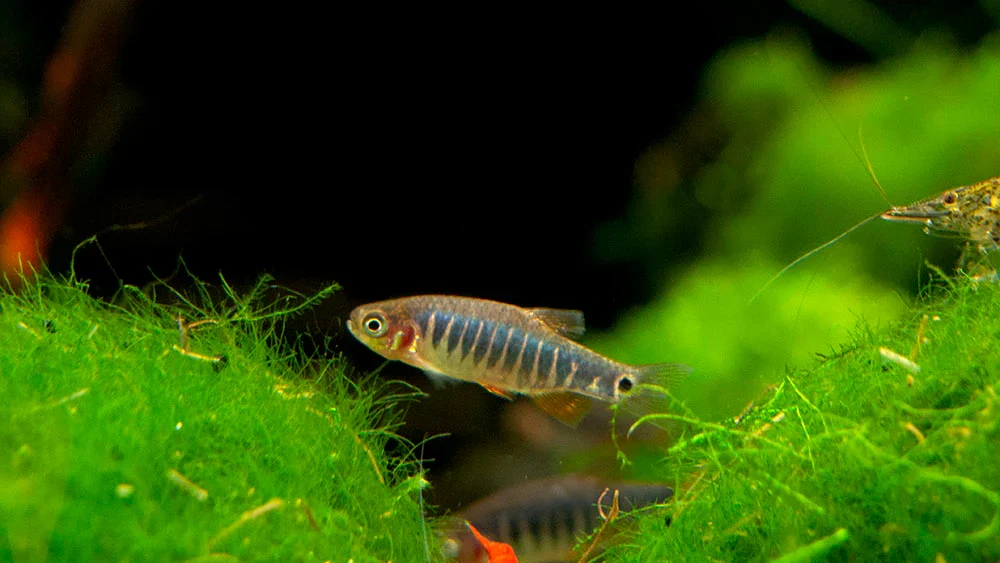
Endler’s Livebearers
Unique Features and Characteristics
- Endler’s Livebearers (Poecilia wingei) are small, colorful freshwater fish closely related to Guppies.
- They exhibit a wide range of color patterns and fin shapes, including bright hues of red, blue, green, and yellow, with males often displaying intricate patterns and elaborate finnage.
- Endler’s Livebearers are prolific breeders, making them popular among aquarists for their vibrant colors and active behavior.
Reasons for Compatibility
- Endler’s Livebearers are peaceful and social fish that coexist well with Pygmy Corydoras in community tanks.
- They thrive in similar water conditions, including temperatures between 72°F to 78°F (22°C to 26°C) and slightly alkaline to neutral pH levels.
- Endler’s Livebearers add movement and color diversity to the aquarium, complementing the small size and subtle coloration of Pygmy Corydoras.
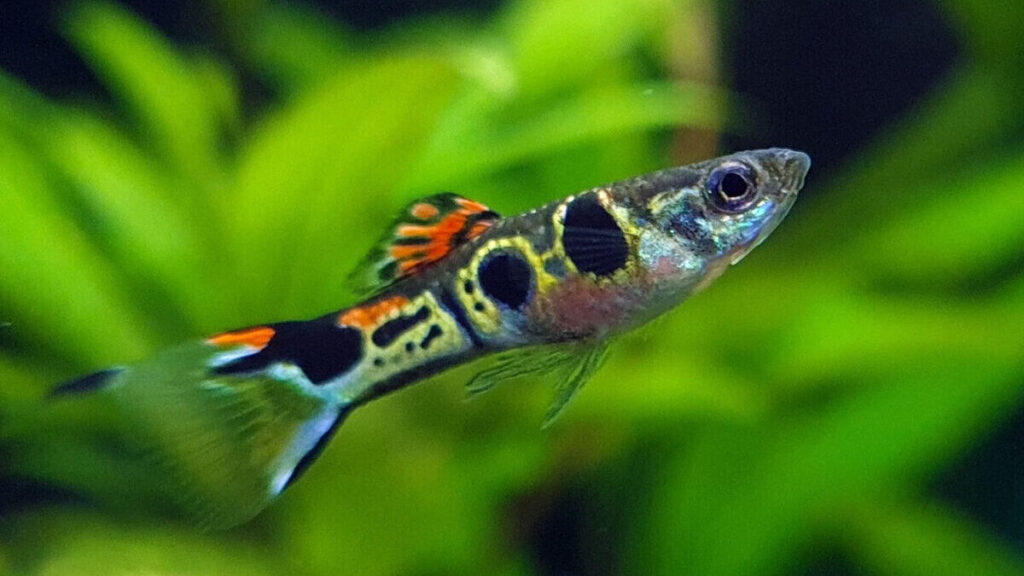
Otocinclus Catfish
Unique Features and Characteristics
- Otocinclus Catfish (Otocinclus affinis) are small, algae-eating catfish known for their peaceful nature and efficient cleaning abilities.
- They have a flattened body shape and a sucker-shaped mouth adapted for grazing on algae-covered surfaces, including aquarium glass, plants, and decorations.
- Otocinclus Catfish are active and social fish that prefer to be kept in groups, often forming small schools within the aquarium.
Reasons for Compatibility
- Otocinclus Catfish are excellent tank mates for Pygmy Corydoras, as they share a peaceful temperament and similar bottom-dwelling behavior.
- Both species have overlapping dietary preferences, with Otocinclus Catfish helping to maintain a clean and algae-free environment, which benefits the overall health of Pygmy Corydoras and other tank mates.
- Their small size and gentle demeanor make them compatible companions, contributing to a well-balanced and harmonious community tank.
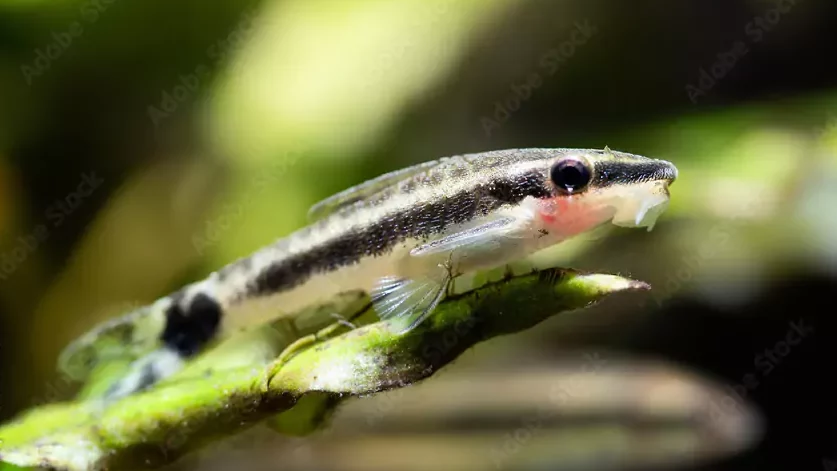
Cherry Shrimp
Unique Features and Characteristics
- Cherry Shrimp (Neocaridina davidi) are small, freshwater crustaceans prized for their bright red coloration and ease of care.
- They have a transparent body with vibrant red coloration, making them a striking addition to planted aquariums.
- Cherry Shrimp are peaceful and non-aggressive, often seen foraging for algae and detritus along the substrate and vegetation.
Reasons for Compatibility
- Cherry Shrimp are ideal tank mates for Pygmy Corydoras due to their peaceful nature and small size, which minimizes the risk of aggression or competition.
- They have similar water parameter requirements, including temperatures between 72°F to 78°F (22°C to 26°C) and neutral to slightly alkaline pH levels.
- Cherry Shrimp serve a dual purpose in the aquarium, providing visual interest and acting as efficient cleaners by consuming algae and organic debris, thus promoting a healthy aquatic ecosystem.

Top 5 Incompatible Tank Mates
Cichlid
Unique Features and Characteristics
- Cichlids are a diverse group of freshwater fish known for their vibrant colors, varied body shapes, and territorial behavior.
- They often exhibit aggressive tendencies, especially during breeding or territorial disputes, and can grow to considerable sizes depending on the species.
- Cichlids are known for their impressive array of feeding behaviors, including herbivorous, omnivorous, and carnivorous diets, making them versatile inhabitants of freshwater aquariums.
Reasons for Incompatibility
- Cichlids’ aggressive behavior and territorial nature make them incompatible tank mates for Pygmy Corydoras, which are peaceful and prefer a calm environment.
- Their large size and potential for aggression pose a threat to the small and delicate Pygmy Corydoras, increasing the risk of stress, injury, or even predation.
- Cichlids may outcompete Pygmy Corydoras for resources such as food and hiding spots, leading to potential conflicts and compromised well-being for both species.

Serpae Tetra
Unique Features and Characteristics
- Serpae Tetras (Hyphessobrycon eques) are small, lively freshwater fish known for their vibrant red coloration and distinctive black markings.
- They typically reach a size of around 1.5 to 2 inches (3.8 to 5 cm) and have a streamlined body shape with a forked tail fin.
- Serpae Tetras are schooling fish by nature, often forming tight-knit groups that add movement and color to the aquarium.
Reasons for Incompatibility
- Serpae Tetras can be aggressive and fin-nipping towards other fish, especially those with long fins like Pygmy Corydoras.
- Their territorial behavior and tendency to harass smaller tank mates can cause stress and injury to Pygmy Corydoras, compromising their well-being.
- The active and boisterous nature of Serpae Tetras may disrupt the peaceful environment preferred by Pygmy Corydoras, leading to increased stress levels and potential health issues.
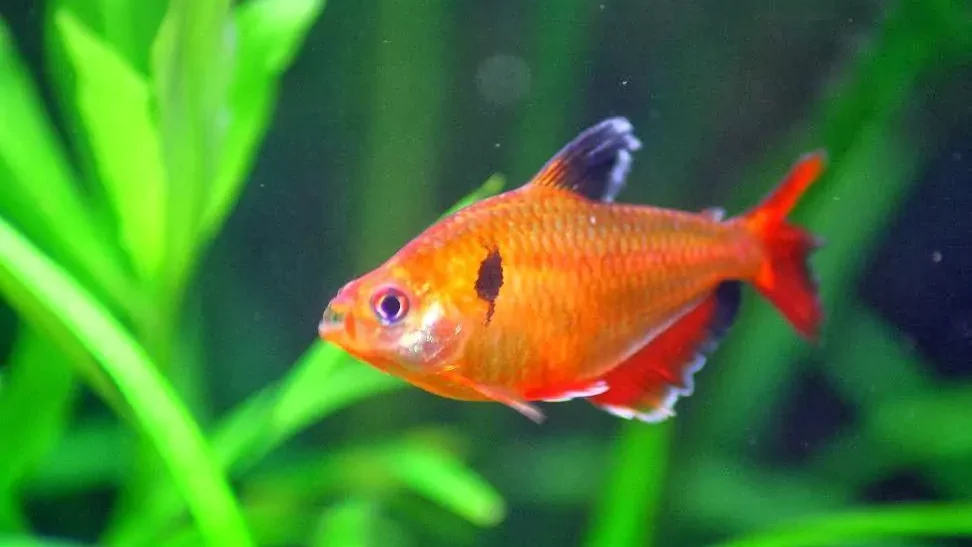
Tiger Barb
Unique Features and Characteristics
- Tiger Barbs (Puntigrus tetrazona) are energetic and colorful freshwater fish known for their distinctive black vertical stripes and gold or orange bodies.
- They typically reach a size of around 2 to 3 inches (5 to 7.6 cm) and have a torpedo-shaped body with a slightly upturned mouth.
- Tiger Barbs are highly active and social fish, often seen swimming in schools and engaging in playful chasing behaviors.
Reasons for Incompatibility
- Tiger Barbs are notorious for their fin-nipping behavior, which can target the long fins of Pygmy Corydoras, leading to stress, injury, and potential fin damage.
- Their energetic and sometimes aggressive nature can create a hostile environment for the peaceful Pygmy Corydoras, causing increased stress levels and compromised well-being.
- Tiger Barbs may outcompete Pygmy Corydoras for food and territory, further exacerbating conflicts and potentially leading to negative health outcomes for both species.
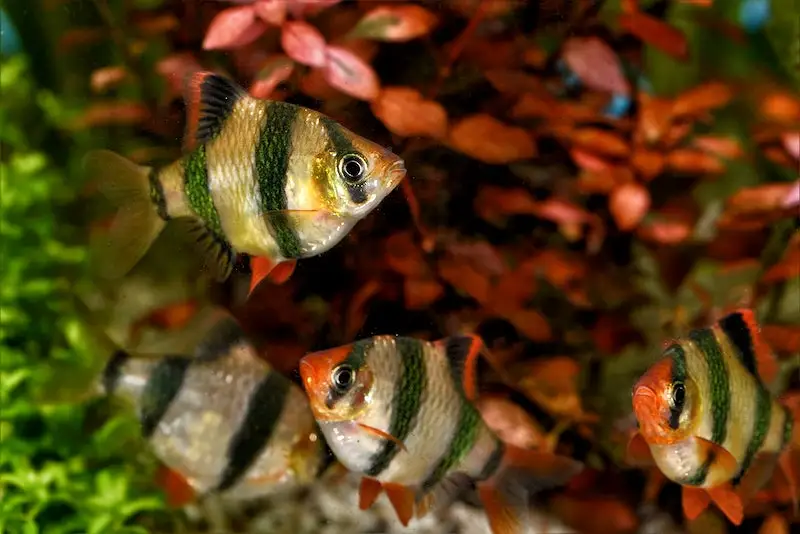
Rosy Barb
Unique Features and Characteristics
- Rosy Barbs (Pethia conchonius) are attractive and hardy freshwater fish known for their bright pink or reddish coloration and distinctive black markings.
- They typically reach a size of around 2 to 3 inches (5 to 7.6 cm) and have a streamlined body shape with a slightly pointed snout.
- Rosy Barbs are peaceful and social fish, often forming loose shoals and displaying playful chasing behaviors.
Reasons for Incompatibility
- Despite their peaceful nature, Rosy Barbs may exhibit fin-nipping behavior, especially towards slow-moving or long-finned fish like Pygmy Corydoras.
- Their energetic swimming and territorial tendencies can disrupt the calm and peaceful environment preferred by Pygmy Corydoras, leading to increased stress levels and potential conflicts.
- Rosy Barbs may compete with Pygmy Corydoras for food and resources, further intensifying conflicts and compromising the well-being of both species.
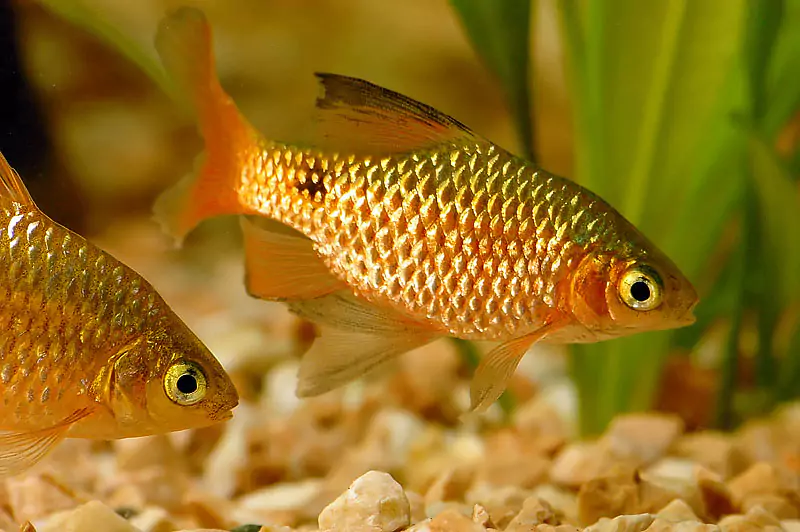
Black Skirt Tetra
Unique Features and Characteristics
- Black Skirt Tetras (Gymnocorymbus ternetzi) are popular freshwater fish known for their striking black vertical stripes and translucent fins.
- They typically reach a size of around 2 to 3 inches (5 to 7.6 cm) and have a slightly elongated body shape with a silver or gold base color.
- Black Skirt Tetras are peaceful and hardy fish, making them suitable for a wide range of community aquarium setups.
Reasons for Incompatibility
- While generally peaceful, Black Skirt Tetras may exhibit fin-nipping behavior, especially towards slow-moving or long-finned fish like Pygmy Corydoras.
- Their active swimming and sometimes boisterous behavior can disrupt the tranquil environment preferred by Pygmy Corydoras, leading to increased stress levels and potential conflicts.
- Black Skirt Tetras may compete with Pygmy Corydoras for food and territory, further intensifying conflicts and compromising the overall well-being of both species.
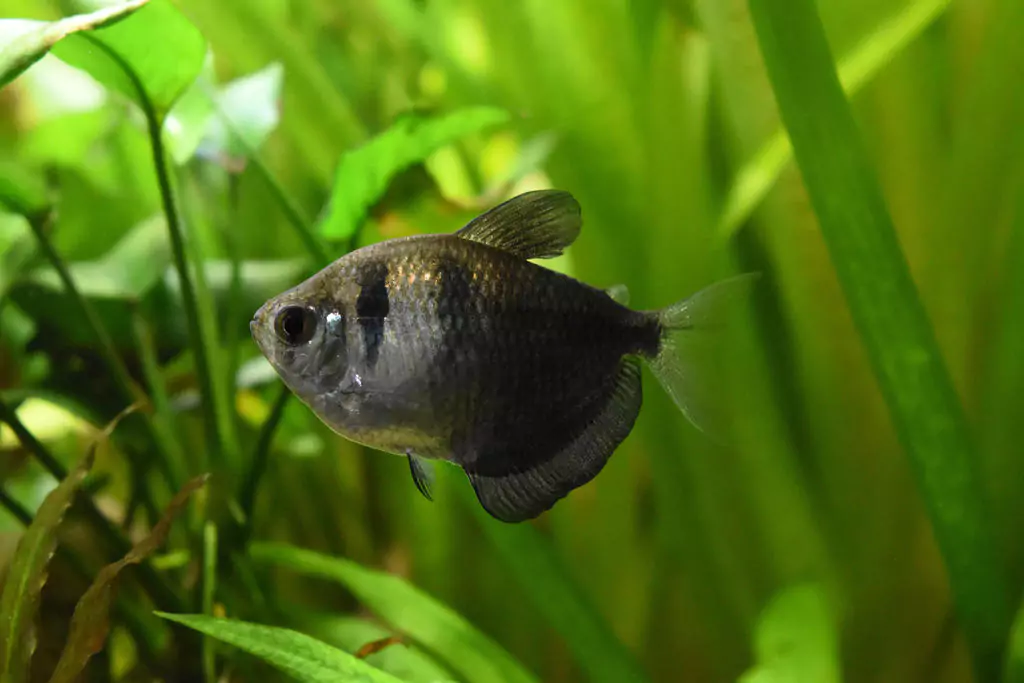
Introducing Tank Mates to the Aquarium
Acclimation Process
- Before introducing new tank mates to the aquarium, it’s crucial to acclimate them gradually to the water conditions to minimize stress.
- Float the sealed bag containing the new fish in the aquarium for about 15-20 minutes to allow the temperature to equalize.
- Open the bag and add small amounts of aquarium water to the bag every 5-10 minutes over the next 30-45 minutes to help the fish adjust to the water parameters.
Observation Period
- Once the new tank mates have been acclimated, release them gently into the aquarium, preferably during feeding time when other fish are occupied.
- Keep a close eye on the interactions between the new arrivals and the existing Pygmy Corydoras to ensure there is no aggression or bullying.
- Monitor the behavior of all fish for the next few hours to detect any signs of stress, aggression, or illness.
Provide Hiding Places
- To help reduce stress and provide a sense of security for the new tank mates, ensure there are ample hiding places and shelter in the aquarium.
- Incorporate plants, caves, driftwood, or other decor to create hiding spots where fish can retreat if they feel threatened or overwhelmed.
Quarantine Procedures
- Before adding new tank mates to the main aquarium, consider quarantining them in a separate tank for a period of 2-4 weeks.
- Quarantine tanks should be set up with similar water parameters as the main aquarium and equipped with a heater and filter.
- Regularly observe quarantined fish for signs of disease or illness, and treat as necessary before introducing them to the main aquarium to prevent the spread of pathogens.
Prevent Overcrowding
- Avoid introducing too many new tank mates at once, as this can lead to overcrowding and increased competition for resources.
- Aim to maintain a balanced fish population relative to the size and filtration capacity of the aquarium to ensure the well-being of all inhabitants.
Maintain Water Quality
- Regular water changes and proper filtration are essential for maintaining optimal water quality in the aquarium, especially during the introduction of new tank mates.
- Monitor water parameters such as ammonia, nitrite, nitrate, pH, and temperature regularly to ensure they remain within suitable ranges for all fish species.
Conclusion
In conclusion, choosing compatible tank mates for Pygmy Corydoras is essential for maintaining a harmonious and thriving aquarium environment. By selecting fish species that share similar temperaments, water parameters, and dietary needs, aquarists can create a peaceful community tank where all inhabitants can flourish. It’s crucial to prioritize the well-being of Pygmy Corydoras and other fish by avoiding aggressive or incompatible tank mates that may cause stress or harm. However, every aquarium is unique, and further research and consultation with experts or experienced aquarists can provide invaluable insights and personalized advice tailored to individual setups. By investing time and effort into thoughtful planning and consideration, aquarists can create a captivating and enjoyable aquatic ecosystem that showcases the beauty and diversity of Pygmy Corydoras and their companions.
Additional Resources
Authoritative Books
- The Complete Encyclopedia of Tropical Fish by Esther J. J. Verhoef-Verhallen: This comprehensive guide covers various aspects of freshwater aquarium keeping, including fish species profiles, tank setup, maintenance, and breeding.
- Aquarium Plants: The Practical Guide by Pablo Tepoot: Learn how to create and maintain a lush and vibrant planted aquarium with this practical guide, featuring detailed information on plant selection, propagation, and care.
Recommended Products
- API Freshwater Master Test Kit: Ensure optimal water quality in your aquarium with a reliable test kit that measures essential parameters such as pH, ammonia, nitrite, and nitrate levels.
- Aquatic Foods Shrimp Pellets: Provide balanced nutrition for your Pygmy Corydoras with sinking pellets specifically formulated to meet their dietary needs while minimizing waste and maintaining water clarity.
Frequently Asked Questions (FAQs)
1. What are some suitable tank mates for Pygmy Corydoras?
Suitable tank mates for Pygmy Corydoras include small, peaceful fish species such as Neon Tetras, Dwarf Rasboras, Endler’s Livebearers, Otocinclus Catfish, and Cherry Shrimp. These companions share similar water parameter preferences and exhibit non-aggressive behavior, making them ideal companions in a community aquarium.
2. Can Pygmy Corydoras be kept with aggressive fish species?
It’s not recommended to keep Pygmy Corydoras with aggressive fish species such as Cichlids, large aggressive Tetras, or fin-nipping Barbs. These aggressive tank mates may stress or harm the peaceful Pygmy Corydoras, leading to potential conflicts and compromised well-being.
3. How should I introduce new tank mates to my Pygmy Corydoras aquarium?
When introducing new tank mates to your Pygmy Corydoras aquarium, it’s important to acclimate them gradually to minimize stress. Float the sealed bag containing the new fish in the aquarium to equalize the temperature, then release them gently into the tank. Monitor their interactions closely to ensure compatibility and minimize aggression.
4. Are there any quarantine procedures I should follow before adding new tank mates?
Yes, it’s advisable to quarantine new tank mates in a separate tank for a period of 2-4 weeks before introducing them to the main aquarium. Quarantine tanks should be set up with similar water parameters and equipped with a heater and filter. Regular observation and treatment for any signs of disease or illness can help prevent the spread of pathogens to existing tank mates.
5. How can I maintain a harmonious aquarium environment with Pygmy Corydoras tank mates?
To maintain a harmonious aquarium environment with Pygmy Corydoras tank mates, it’s essential to provide ample hiding places, maintain stable water parameters, and avoid overcrowding. Selecting compatible tank mates and prioritizing their well-being through proper care and observation can contribute to a peaceful and thriving community tank.

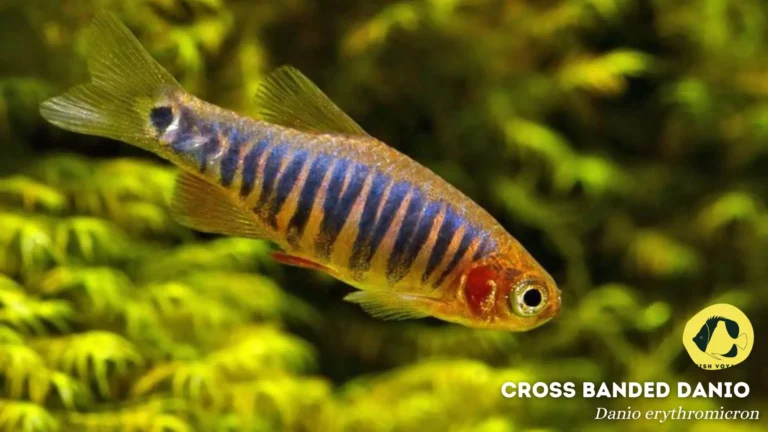
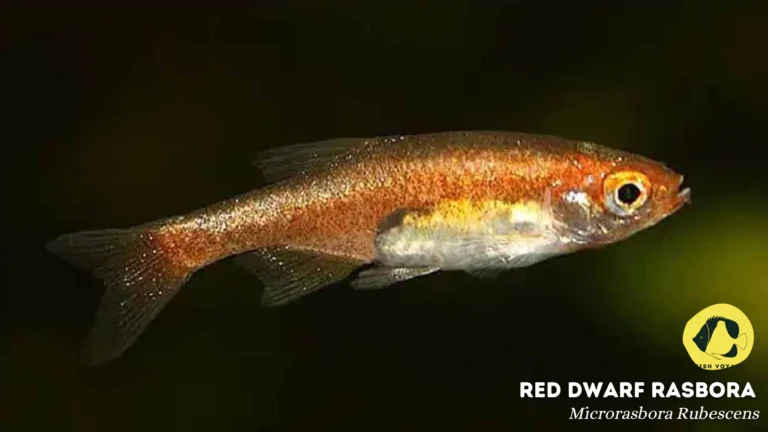


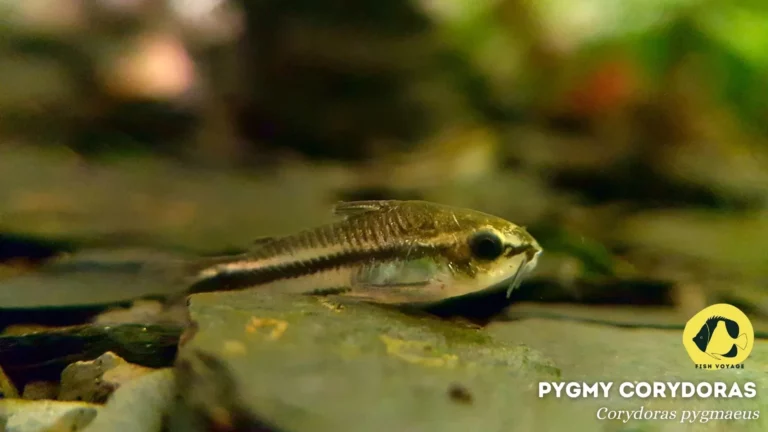

You have brought up a very wonderful points, thanks for the post.
Thank you so much for your kind words! We’re thrilled to hear you find the content appealing. Stay tuned for more interesting posts!